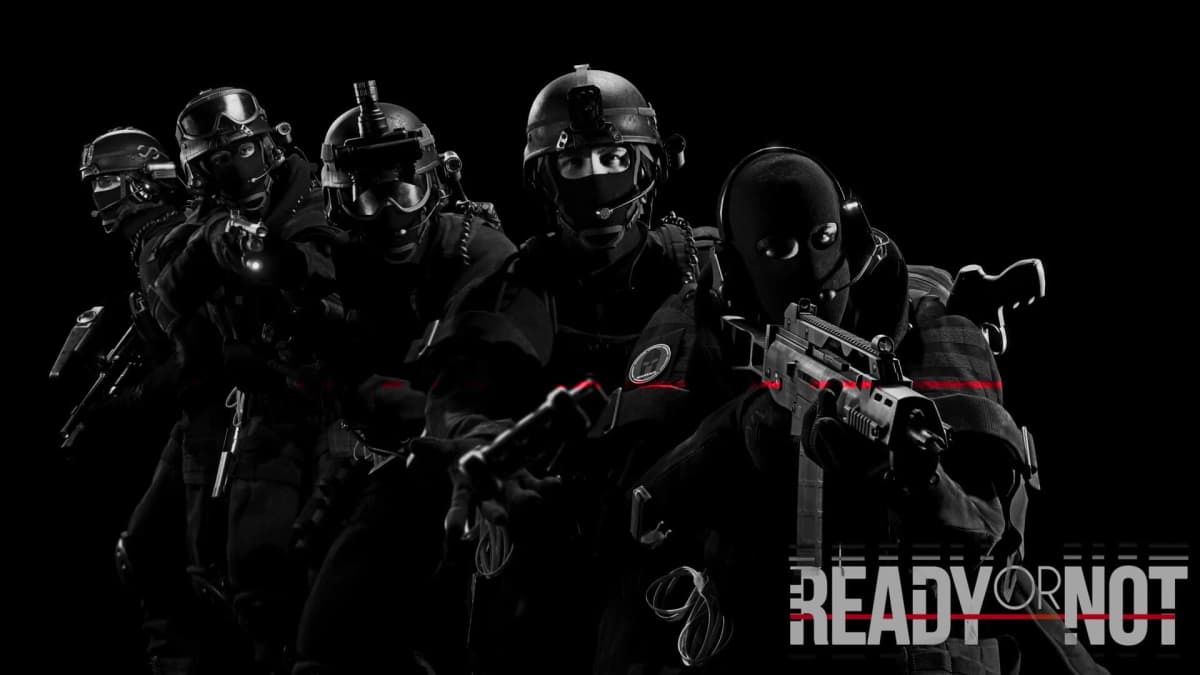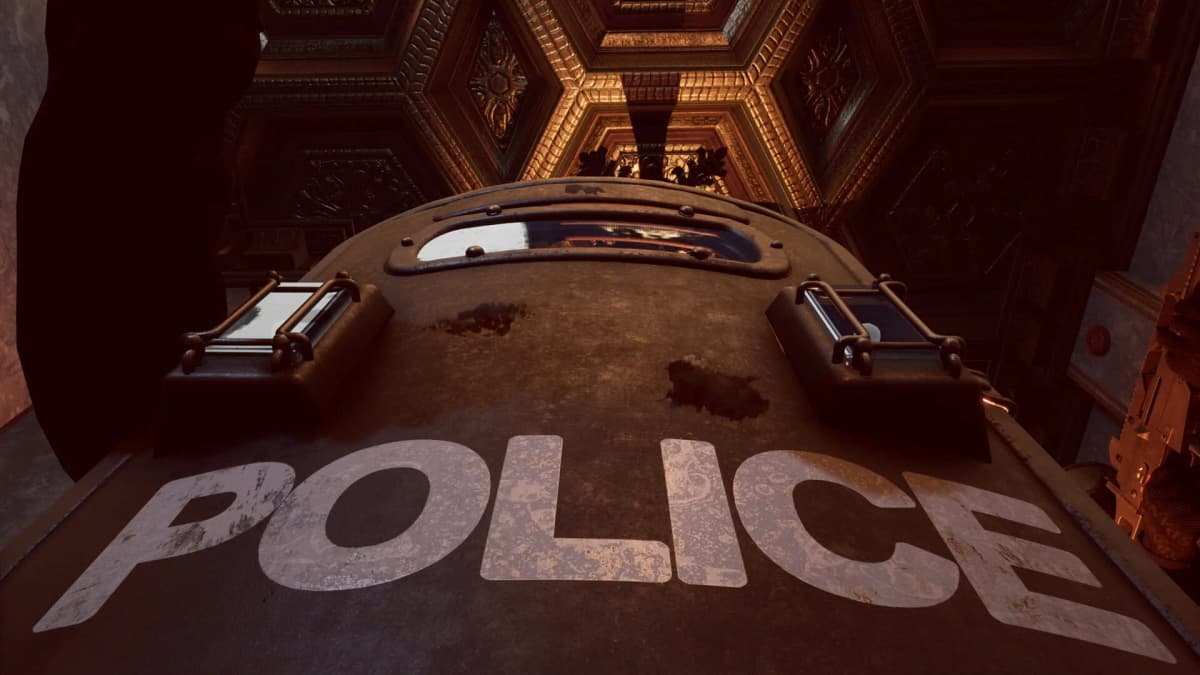Ready or Not’s Console Pivot: Necessity or Creative Compromise?
When Void Interactive announced it would tone down Ready or Not’s signature gore and modify child NPC sequences to secure PlayStation and Xbox certification, the reaction among tactical shooter fans was immediate—and furious. For a title lauded for its unflinching realism, these asset changes cut to the core of what made the game stand out. But are we witnessing a healthy evolution to reach a broader audience, or a slippery slope toward a sanitized experience?
Certification and Crossplay: Why the Cuts?
Officially, the edits are driven by console ratings requirements and the need for a uniform build across all platforms. To satisfy certification boards—especially around depictions of minors in distress—Void Interactive opted to remove post-mortem dismemberment, obscure certain nudity, and tweak how child NPCs appear when incapacitated. Because Ready or Not now supports full crossplay between PC, PS5, and Xbox Series X|S, the team argues that maintaining a single asset library is the only way to ensure stable multiplayer matches and consistent anti-cheat measures.
Technical Imperatives vs. Creative Integrity
From a development standpoint, the one-build approach simplifies patch deployment and reduces the risk of platform-specific bugs. In multiplayer shooters, even minor discrepancies in hitbox data or visual assets can lead to sync errors or exploitable glitches. Void Interactive’s position is clear: split builds invite fragmentation and jeopardize the integrity of online play. Yet this practicality clashes with the studio’s earlier “PC-first” ethos—one that prided itself on delivering the most raw, unfiltered raid simulation available.

Player Backlash: Steam Review Fallout
The community response was swift. Within 24 hours of the announcement, negative Steam reviews surged by the hundreds, with long-time fans accusing Void Interactive of “censorship” and threatening boycotts. These criticisms hinge on the perception that the developer is sacrificing core identity for market reach. As of today, Ready or Not’s overall Steam rating remains “Very Positive,” but recent reviews skew overwhelmingly negative, signaling a fracture in player trust.

What This Means for Hardcore Fans
If you’ve come to Ready or Not for its edge—graphic takedowns, authentic SWAT tactics, and high-tension scenarios—these changes may feel like betrayal. The PC version will no longer serve as a refuge for the unedited experience. On the other hand, console adoption brings new communities together, increases match populations, and could drive continued investment in post-launch content. For some players, those benefits may outweigh the loss of certain visual cruelties.
A Familiar Dilemma in Game Development
This debate isn’t unique to Ready or Not. From Hotline Miami 2’s overseas restrictions to modern AAA shooters dialing back gore for global release, developers have long balanced creative freedom against industry regulations and audience expansion. In practice, the decision often comes down to business viability: can you sustain a niche PC title if you never tap into the console market?

Conclusion
Void Interactive walks a tightrope between preserving Ready or Not’s core intensity and securing the certifications that open the door to tens of millions of console players. Whether these content edits represent a strategic evolution or the first in a series of compromises remains to be seen. One thing is certain: the studio’s next moves will either reaffirm its commitment to uncompromising realism or cement its transformation into a more conventional “mature” shooter.
TL;DR: Grit vs. Growth
- Gore and child NPC scenes have been toned down for console certification.
- One unified build across PC and consoles enables stable crossplay.
- Steam reviews have spiked negative as fans debate censorship.
- Hardcore players risk losing the unfiltered experience; wider adoption may secure the franchise’s future.